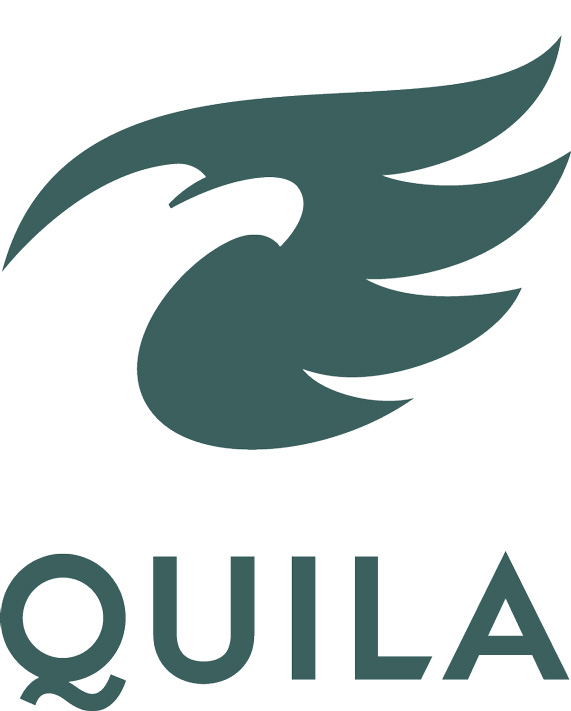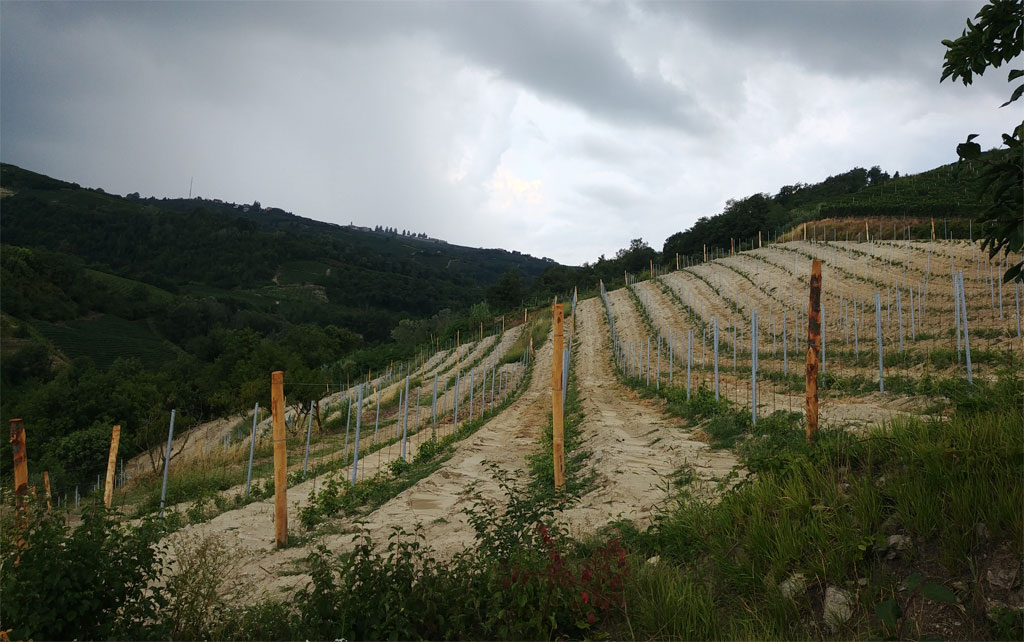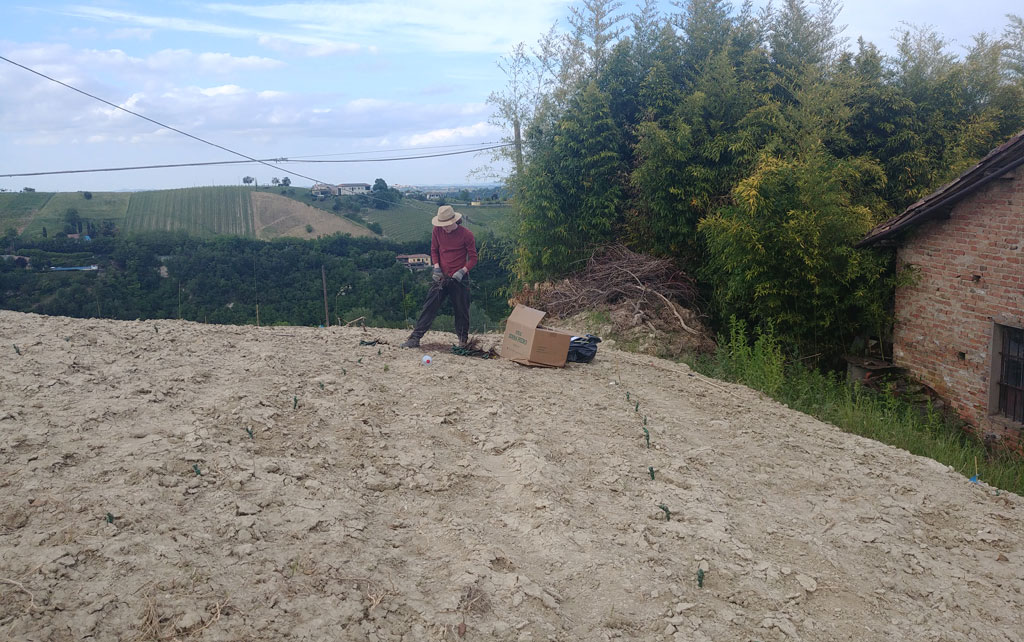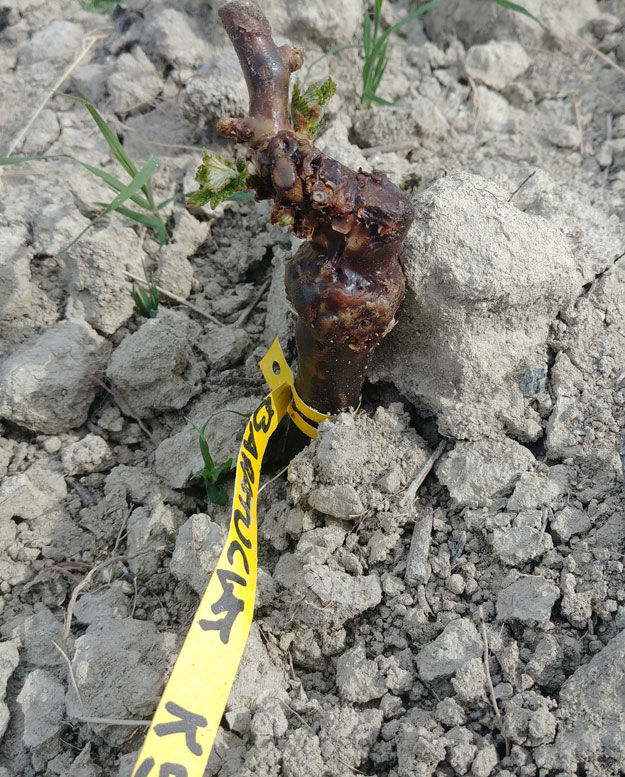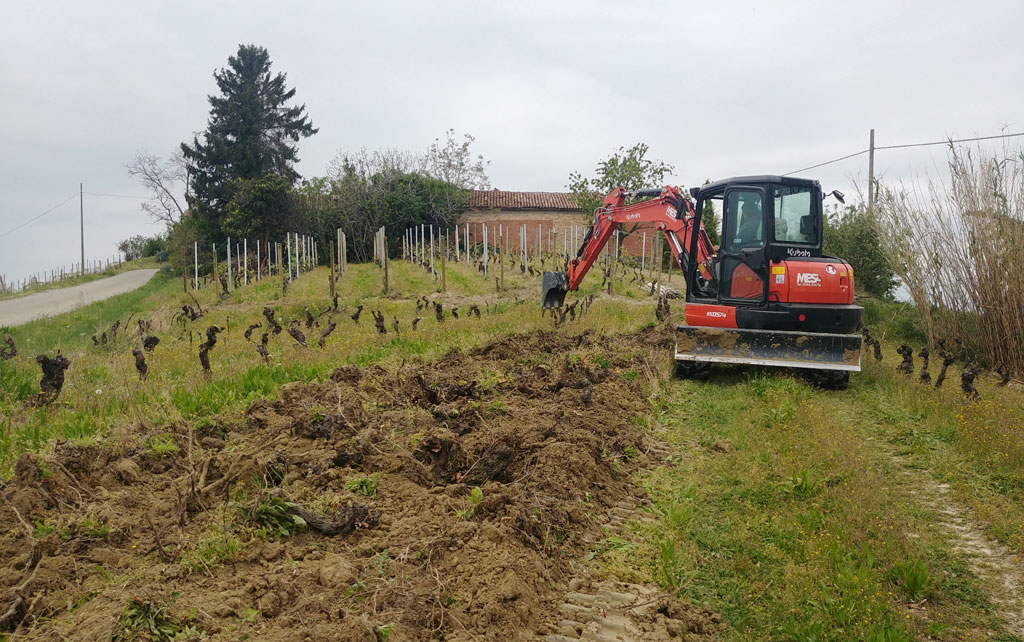|
VINEYARDS
|
|
(continues from the previous page)
|
The new plantings of 2021 (continues from the previous page)
Nebbiolo
(II) New plantings (continues from the previous page)
CVT 71 grafted on 1103 Paulsen (500 sq.m. / 0.12 acres). This is a clone selected in La Morra (Barolo area) in 2001. It’s a Michet phenotype. La Morra is one of the highest villages of Barolo area and it also has lot of sandy soils, just like our estate. Apart form the sand (mix of white and blue) the parcel we planted this clone on has a lot of white sandstones (big and small) and a constant water reserve in the lower soil horizons (part of the road that leads to it never dries throughout the year). The parcel is also the one with the lowest altitude of all Nebbiolos. This clone is a high productive one.
Barbera
AT84 grafted on SO4, 110R and K5BB (160 sq.m. or 1/3 of the plantings) is one of the oldest clones of Barbera, selected in Calosso (neighboring village of Canelli) in 1980. It’s of medium vigor and produces smaller and well concentrated grapes compared to other clones. It’s also slightly early ripening.
CVT GJ1 grafted on SO4 (160 sq.m. or 1/3 of the plantings) is a new clone selected in the vineyards of Barbaresco in 2009. Characterized by reduced vigor, lower fertility, smaller bunches and later ripening.
CVT OB66 grafted on K5BB (30 vines) is also a new clone selected in the vineyards of La Morra (Barolo area) in 2009. Characterized by moderate vigor, high fertility, medium bunches and later ripening.
CVT MCC3 grafted on K5BB (30 vines) is also a new clone selected in the vineyards of Treiso (Barbaresco area) in 2011. Characterized by moderate vigor, medium-high fertility, small bunches and later ripening.
Baratuciat (grafted on K5BB) is a varietal that was rediscovered recently in Western Piedmont in the village of Almese near Turin. Registered in 2008 by the number 493 in the National catalogue of grape varieties. The origin of the name is unclear, some say it means “cat’s testicles” (baȓe ‘d ciat in Piedmontese) because of the size and the form of the berries, others insist on “cat’s excrement” (bërla ‘d ciat in Piedmontese). In our opinion it’s one of the local white varietals with the greatest potential. Depending on the harvest period it gives wines similar to Riesling (early harvest), Sauvignon Blanc (regular harvest) or Muscat (late harvest). Currently there are more than 20 wineries that produce varietal Baratuciat, though it hasn’t got yet its own denomination.
Bianver or Bian Ver (grafted on 110R) is the last but one registered Piedmontese autochthonous varietal. That happened in 2018 and its number in the National catalogue of grape varieties is 833. It originates from the pre-Alpine areas to the west of Turin and produces light, fresh Sauvignon Blanc style wines (from cooler climates). It’s also good for sparkling wines. Only 2 or 3 wineries work with it for the moment.
Rossese Bianco (grafted on K5BB) is not to be confused with the Ligurian Rossese (which is red), it originates from Monforte d’Alba (selected in 2003, registration number 374) where 5 wineries grow around 7 ha of it. Unlike the other whites we’ve planted, this one has its own sub-denomination under Langhe DOC, but this vineyard is in Monferrato and it can not be used. I’ve worked with it in Barolo, it’s a very generous variety, giving deep and rich wines with high potential of aging. Stands well oak and remains extremely fresh even after malolactic. I am curious to find out what will come out of it in slightly different pedo-climatic conditions. Unfortunately in 2023 all the young Rossese biano vines died because of the severe drought. The vineyard shall be replanted in 2024.
